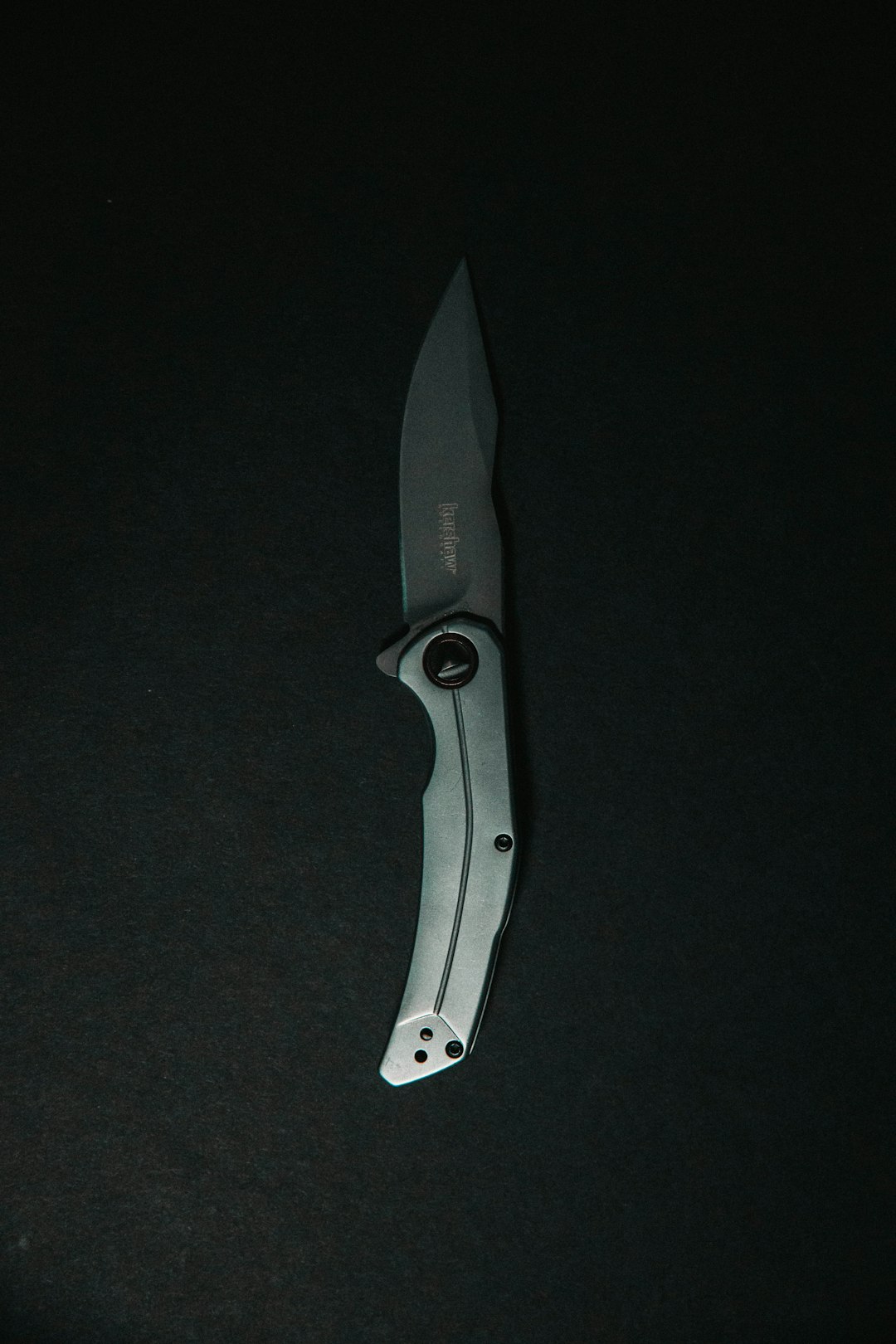
In the expansive landscape of kitchen utensils, a well-hidden jewel has endured the test of time – Ulu knives. These uniquely shaped blades, originating from the indigenous people of Alaska, have become more than just kitchen essentials; they are a testament to the rich heritage of craftsmanship.
A Glimpse into History
Dating back centuries, the narrative of Ulu knives finds its origins in the Native Alaskan tribes. Crafted initially from stone, bone, or ivory, these knives were indispensable tools for survival in the challenging Arctic surroundings. The distinctive crescent-shaped blade, accompanied by a comfortable handle, made Ulu knives versatile for a range of tasks, from preparing meals to crafting tools. You can read more on the subject here!
The Art of Ulu Knives: Where Form Meets Functionality
A single glance at a Ulu knife is enough to captivate with its unparalleled design. The semi-circular blade, reminiscent of a mezzaluna, is a masterpiece of form meeting function. Whether hewn from wood or bone, the ergonomic handle snugly fits into your hand, delivering both control and comfort. This carefully engineered design isn’t just for show; it serves a practical purpose in the kitchen. With its curved blade enabling a rocking motion, the Ulu knife excels in efficient chopping, mincing, and slicing. Irrespective of whether you’re a professional chef or a home cook, the design of the Ulu knife guarantees precision and ease in your culinary pursuits.
Ulu Knives: Unraveling the Tapestry of Versatility
Ulu knives have evolved from their humble origins, finding their way into kitchens worldwide. Indispensable for a multitude of culinary tasks, their versatility is unparalleled. From dicing vegetables to slicing meats, the Ulu knife adapts effortlessly to various cutting techniques. An ideal companion for precision-demanding tasks, the Ulu knife’s compact size and sharp blade deem it a kitchen must-have.
Ulu Knives Beyond the Culinary Realm: A Cultural Perspective
As we celebrate the culinary prowess of Ulu knives, it’s essential to acknowledge their cultural significance. In Native Alaskan communities, Ulu knives transcend mere tools; they stand as symbols of tradition and craftsmanship. Handed down through generations, these knives encapsulate narratives of survival, resourcefulness, and a profound connection to the land.
Maintaining Your Ulu Knife: Care Tips
To guarantee the longevity of your Ulu knife, diligent care is paramount. Differing from traditional knives, Ulu knives demand a distinct approach to maintenance. Maintain the blade’s sharpness through regular honing, and handwashing is essential to preserve the handle’s integrity. Moreover, steer clear of exposing it to extreme temperature fluctuations to avert potential material damage. This page has all the info you need.
Ulu Knives in the Modern Era: Contemporary Adaptations
In today’s culinary landscape, Ulu knives have found a place not only in traditional kitchens but also in the hearts of chefs experimenting with fusion cuisines. Modern adaptations may feature stainless steel blades and sleek, contemporary handles, offering a blend of heritage and innovation. Such adaptations guarantee the ongoing relevance and appreciation of Ulu knives in a spectrum of culinary environments.
The Ulu Encounter: Enhancing Your Culinary Expedition
As you set forth on your culinary exploration, ponder the incorporation of a Ulu knife into your collection. Infused with a unique design, grounded in history and honed over generations, the Ulu knife imparts an authentic touch to your kitchen. Regardless of whether you’re a seasoned chef or an aspiring home cook, the Ulu knife transcends being a mere utensil; it’s a culinary masterpiece, embodying both versatility and cultural significance, standing resilient against the passage of time. See, this website has all the info you need to learn about this amazing product.